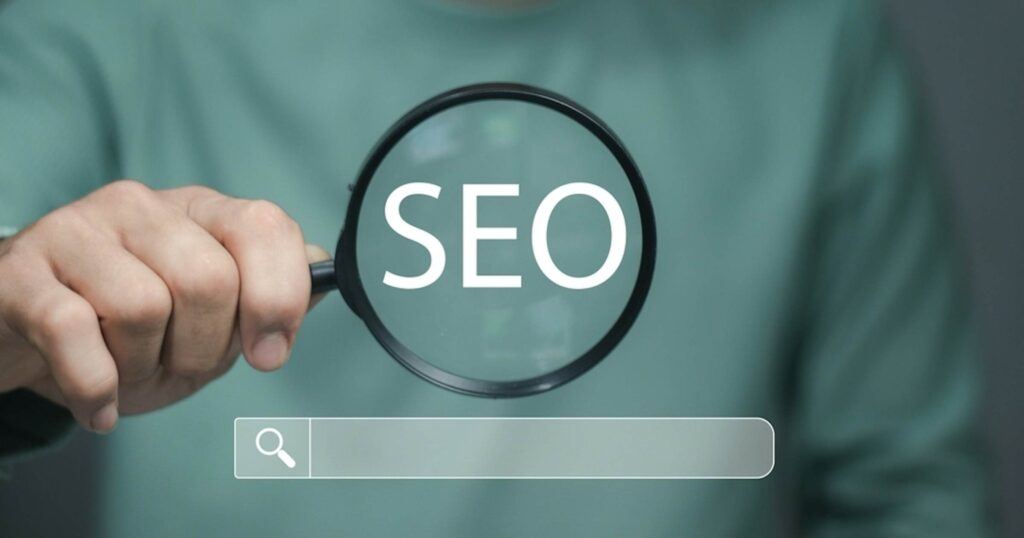In the digital marketing world, two powerful strategies dominate the landscape: SEO (Search Engine Optimization) and Meta Ads (formerly Facebook Ads). Both aim to drive traffic, generate leads, and grow businesses, but they operate in very different ways.
So which one is better for your business? Should you invest in organic search traffic through SEO, or launch paid campaigns on Facebook and Instagram using Meta Ads? In this guide, we’ll dive deep into the differences, pros and cons, and how to choose the right strategy for your goals.
What is SEO?
Search Engine Optimization (SEO) is the process of optimizing your website to rank higher in search engine results—primarily Google. It involves various techniques including keyword research, on-page optimization, content creation, technical improvements, and backlink building.
Key Benefits of SEO
- Organic Traffic: SEO helps you gain free, recurring traffic from search engines.
- Long-Term ROI: While it takes time to see results, SEO delivers sustainable traffic over the long term.
- Trust & Credibility: Ranking on Google builds trust among users who see your site as an authority.
- Cost-Effective: Unlike ads, you don’t pay per click or impression.
Downsides of SEO
- Takes Time: SEO usually takes 3 to 6 months to show meaningful results.
- Requires Ongoing Effort: Google algorithms change, so you must continuously optimize.
- Highly Competitive: Ranking for high-volume keywords can be very difficult.
What are Meta Ads?
Meta Ads refer to paid advertisements on Meta-owned platforms—Facebook, Instagram, Messenger, and the Audience Network. Businesses use Meta Ads to instantly reach target audiences through interest-based targeting, lookalike audiences, and demographic filters.
Key Benefits of Meta Ads
- Fast Results: Start seeing traffic, clicks, and conversions within hours of launching a campaign.
- Advanced Targeting: Reach users based on age, location, interests, behaviors, and more.
- Scalable Campaigns: Easily scale winning ads to reach more people.
- Retargeting Capabilities: Re-engage users who visited your site but didn’t convert.
Downsides of Meta Ads
- Requires Budget: You pay for every impression, click, or conversion.
- Short-Term Impact: Once you stop paying, the traffic stops.
- Ad Fatigue: Audiences can become blind to repetitive ads, decreasing performance.
SEO vs Meta Ads: A Side-by-Side Comparison
| Feature | SEO | Meta Ads |
|---|---|---|
| Cost | Low ongoing cost (mainly time, tools, and content) | Budget-based (pay-per-click or per impression) |
| Time to See Results | 3-6 months or more | Immediate |
| Traffic Type | Organic | Paid |
| Longevity | Long-term | Short-term (until budget ends) |
| Targeting | Based on keywords and user intent | Demographics, interests, behaviors |
| Control | Low control over Google algorithms | Full control over ad copy, creative, audience |
| Analytics | Google Search Console, GA4 | Meta Ads Manager |
| Best For | Long-term authority & brand building | Quick traffic, testing offers, launching new products |
When to Choose SEO
You should prioritize SEO if:
- You’re building a long-term brand or blog.
- You want to reduce reliance on paid ads.
- You’re targeting informational or evergreen keywords.
- You want to establish industry authority and credibility.
- You have time and resources to invest consistently in content and optimization.
Ideal SEO Use Cases
- Local businesses optimizing for Google Maps.
- Niche blogs driving traffic through articles.
- SaaS companies publishing guides, tutorials, and comparison content.
- E-commerce sites optimizing product pages for search.
When to Choose Meta Ads
Meta Ads are ideal when:
- You need fast results and can’t wait 3–6 months.
- You’re launching a new product, event, or promotion.
- You want to test new offers or markets quickly.
- You have a defined target audience with known behaviors.

Ideal Meta Ads Use Cases
- Running limited-time promotions or flash sales.
- Driving traffic to new landing pages or funnels.
- Retargeting people who abandoned their shopping carts.
- Growing email lists through lead magnets.
Can You Use Both SEO and Meta Ads?
Absolutely. In fact, combining SEO with Meta Ads often creates the most powerful results.
Here’s how:
- Use Meta Ads for quick wins, collecting traffic and data.
- Retarget ad traffic with blog content optimized for SEO.
- Use SEO to attract cold leads, and Meta Ads to move them down the funnel.
- Split your budget—60% for long-term SEO, 40% for short-term Meta Ads (or vice versa depending on goals).
ROI: SEO vs Meta Ads
When comparing return on investment (ROI), SEO typically has higher ROI over time, while Meta Ads provide faster—but often more expensive—returns.
- SEO: Great for long-term growth, lower customer acquisition cost over time.
- Meta Ads: Great for scaling fast, but requires constant spending to maintain traffic.
Real-World Example
Let’s say you run an online skincare brand:
- SEO can help you rank for keywords like “best serum for dry skin” or “vitamin C serum benefits.”
- Meta Ads can help you push a 20% off promotion to women aged 25–45 who are interested in beauty products.
Combining both strategies helps you dominate the SERPs and social feeds—maximizing reach and conversions.
Conclusion: SEO vs Meta Ads – What’s Better?
There’s no one-size-fits-all answer.
- Choose SEO for sustainable, long-term traffic and brand authority.
- Choose Meta Ads for immediate results, fast testing, and precise targeting.
- Use both if you want to grow quickly and maintain a strong organic presence.
Ultimately, the best strategy depends on your business goals, timeline, budget, and team resources.
Wanna know which is best shopify or wordpress: Shopify vs WordPress (WooCommerce)